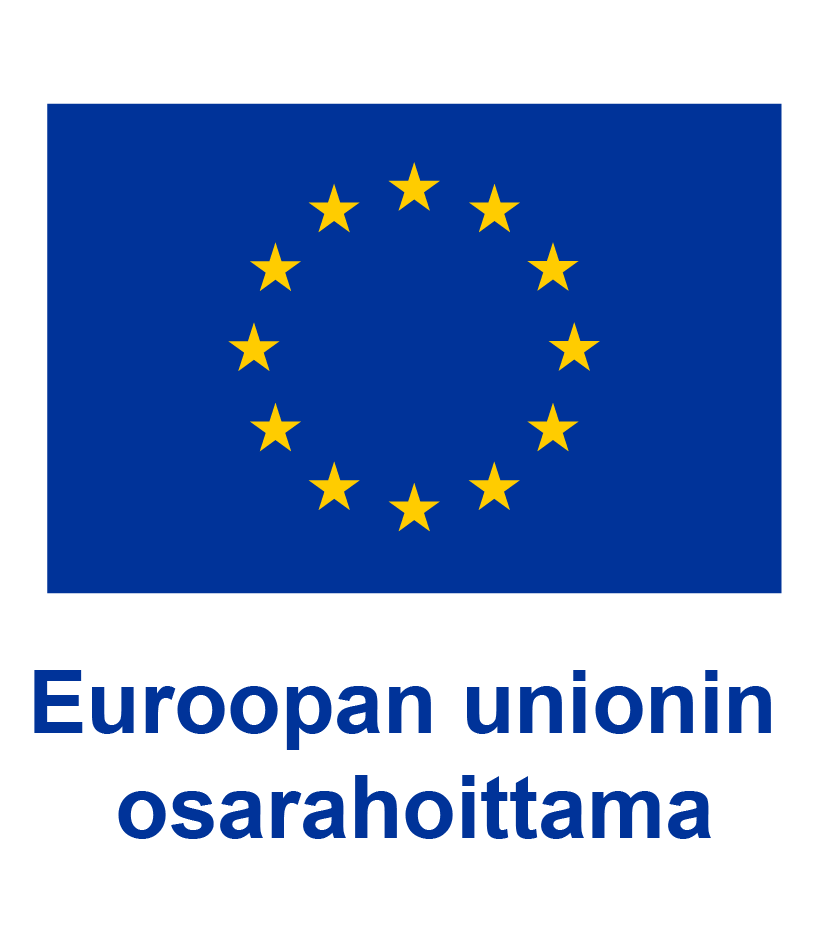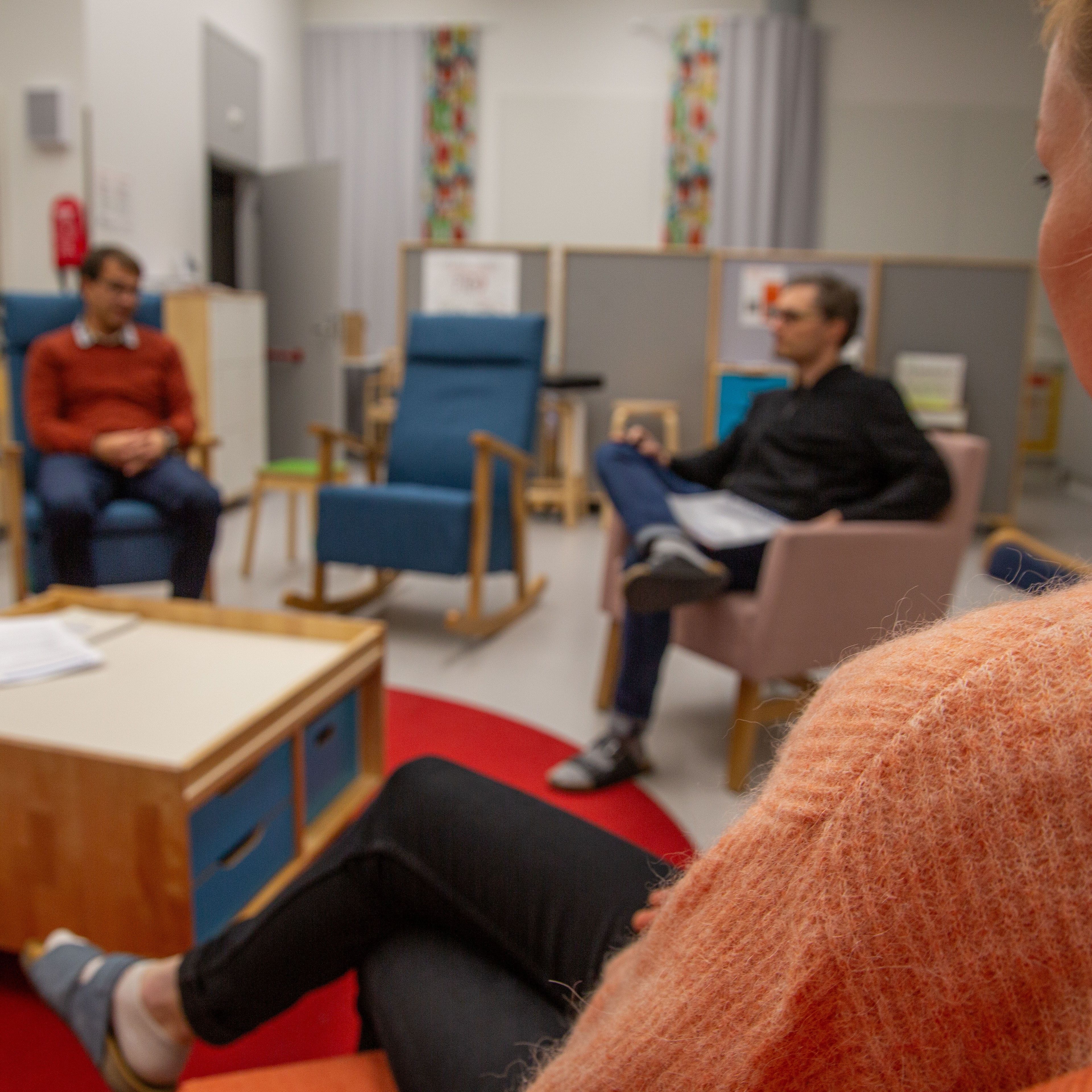(Originally published in Metropolia UAS Tikissä blog 8.10.2024)
Unemployment is a situation where a person who is capable of working and willing to do so does not have a job from which to earn a salary (1). Unemployment can expose individuals to a decline in wellbeing, which can manifest as reduced functionality and work capacity and/or an increased risk of illness (2,3,4). Three basic needs are considered essential elements for wellbeing. Autonomy refers to the experience of being as free as possible to make one's own decisions, with motivation coming from within rather than external pressures. The experience of competence means being able to handle tasks, overcome challenges, and achieve goals. Lastly, there is a fundamental need for connection with others (5). Unemployment can threaten all of these core elements of wellbeing (6).
Occupational Therapy to Support the Wellbeing of the Unemployed
A person's wellbeing is connected to the balance of their activities (occupational balance): there should be an appropriate amount of various activities according to each person's current needs (7). Unemployment is often a state that seriously threatens this balance.
Work is an activity (occupation) that is classified as productive in the context of occupational therapy, along with self-care and leisure activities. Productive activities can also include volunteer work (8). More important than classification is that our daily activities are balanced. We should have a balanced mix of productive activities, self-care activities (such as sleep), and what is termed non-productive activities, which are done for their own sake according to personal interests (such as hobbies).
CareerDriver+ Project’s Wellbeing Discussions for the Unemployed
In the CareerDriver+ project, wellbeing discussions are conducted for unemployed individuals in the media and information technology sectors. The discussions are facilitated by advanced students of occupational therapy or their teacher from Metropolia University of Applied Sciences in a 90-minute session held at the institution's facilities.
One of the focuses of the discussions is to assess the balance of the participant's activities. Unemployment often severely disrupts this balance and affects the quantity and quality of relationships, financial situations, and the experience of competence and control. The discussions also explore the participant's current stress level (9). Stress can arise from unemployment or other significant life change. Additionally, participants evaluate their motivation, habits, performance, and environment through self-assessment (10,11). It is essential to identify and highlight the participant's strengths and resources.
Based on the self-assessment, stress levels, and exploration of activity (occupational) balance, the students share insights gained from the discussions, focusing on employment, studies, or life in general, if employment-related topics do not emerge in the wellbeing assessment. A summary of the discussion helps identify necessary areas for change and actions to facilitate those changes.
Examples of outcomes from the discussions include observations about the significance of daily routines for wellbeing. For instance, a disrupted circadian rhythm can occur when there is no reason to wake up in the morning or to go to bed early at night. Or the importance of leisure time as restorative and revitalizing when it serves as a counterbalance to productive activities rather than simply time to kill. If a high stress level is identified and there is a situation that requires deeper exploration, participants are referred to appropriate services. When a shared understanding of the situation has been established in the wellbeing discussions, goals are set, and ways to enhance wellbeing are considered. If necessary, a follow-up appointment is scheduled. This follow-up may be needed if the students feel their knowledge is insufficient regarding a particular issue that arose, and discussions with instructors or research can support finding appropriate services.
The Benefits of Wellbeing Discussions Are Significant on an Individual Level
Participants in the CareerDriver+ project and students from Metropolia's occupational therapy program have found the discussions valuable and beneficial.
Common feedback from participants includes comments like, "Nothing really new came up, but I've never discussed my situation so comprehensively with anyone; it feels good to be heard this way," or "It was useful; I hadn’t thought that aspect would affect my wellbeing, but now that I consider it, it makes sense." The students have felt they learned and found it meaningful to support the participants' wellbeing and employment prospects.
The CareerDriver+ project (2023-25) aims to create a collaborative model among a vocational institution (Stadin AO), two universities of applied sciences (Laurea and Metropolia), and the City of Helsinki's employment services to promote sustainable employment for unemployed individuals in the media, information processing, and ICT sectors. At the same time, while there is a significant number of unemployed job seekers in these fields, companies in these sectors have a continuous and growing need for new labor.
Participants in the project receive career and study guidance, with opportunities to improve their skills through higher education curricula that better facilitate employment. Everyone is offered the chance to participate in wellbeing discussions, regardless of whether they feel a need to assess their wellbeing. The goal is for every second participant in the project to also take part in a wellbeing discussion.
The translation from Finnish to English has been assisted by the AI, ChatGPT. The author is responsible for the content.
Author
Jari Pihlava, Lecturer at Metropolia UAS, MSc, trainer psychotherapist and occupational therapist. Project expert on wellbeing discussions and occupational therapy.
Sources
- https://duunitori.fi/tyoelama/category/tyottomyys
- https://www.julkari.fi/bitstream/handle/10024/103112/Tyottomat.pdf?sequence=1&isAllowed=y
- https://www.soste.fi/tyottomyys-kytkeytyy-terveyseroihin/
- Maier R, Egger A, Barth A, et al. Effects of short- and long-term unemployment on physical work capacity and on serum cortisol. Int Arch Occup Environ Health. 2006.
- Deci, Edward L. & Ryan, Richard M.: The “What” and “Why” of Goal Pursuits: Human Needs and the Self-Determination of Behavior. Psychological Inquiry, 2000.
- https://www.utu.fi/sites/default/files/public%3A//media/file/Johanna_Aarnio.pdf
- Wagman, P., Håkansson, C., & Björklund, A. (2011). Occupational balance as used in occupational therapy: A concept analysis. Scandinavian Journal of Occupational Therapy.
- Taylor et al. (2023). Kielhofner’s Model of Human Occupation, 6th Edition.
- https://www.terveysportti.fi/apps/dtk/tmi/article/tmm00071/search/stressi
- Baron K, Kielhofner G, et al. Occupational Self Assessment (OSA) Version 2.2 (2006).
- Baron K, Kielhofner G, et al. Toimintamahdollisuuksien itsearviointi (OSA) Version 2.2 (2006). Translated 2007.





